Use Android Device Manager for Remote Security
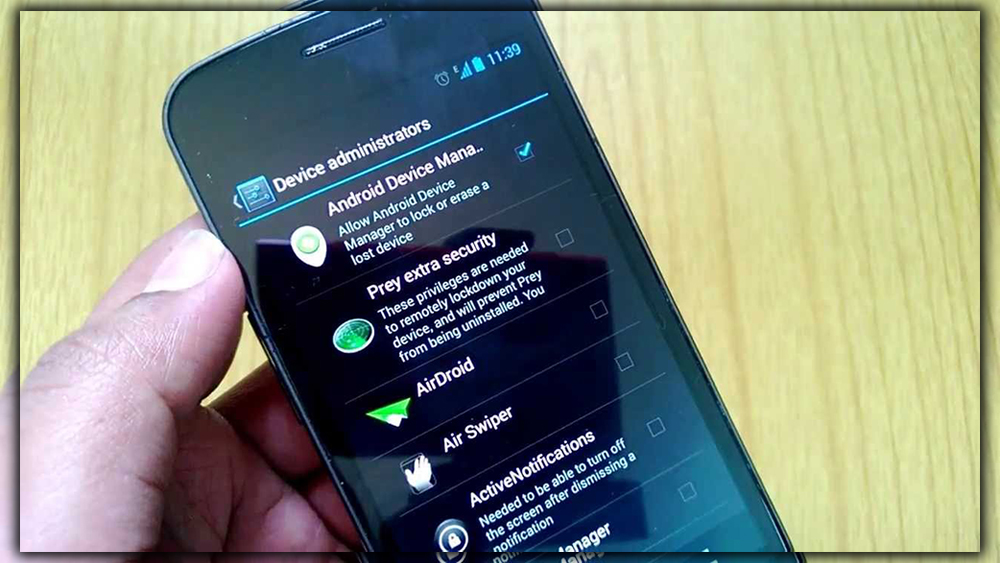
The Play Services framework manages all sorts of back-end services and updates them frequently in the background. Most of the functionality packed away in this framework has little user-facing consequence. Still, there’s a lot, including account sync, and malware scanning, in the Android Device Manager. This feature allows you to track, ring, lock, or wipe your device if you lose track of it.
By default, you can only ring locate a device with Android Device Manager. If you want the whole gamut of features, go into your main system settings and scroll down to Security. Find the Device Administrators option. And open it to see what apps have been granted admin privileges on your phone or tablet. Checking the box next to Android Device Manager. Allows you to wipe or lock the device in addition to the ring locate features.
You can remotely access Android Device Manager in several valuable ways. If you only have one Android device, you can use any web browser to go to the Android Device Manager page and log into your account. From there, you can see a map of your phone’s location and issue commands to nuke it or lock it. Before resorting to extreme measures. Start with locating and making it ring to ensure it didn’t just slip between the couch cushions. Should you have access to more than one Android device, you can use the Android Device Manager app. Which you can keep on all your devices to locate and manage the others.
Screen Recording
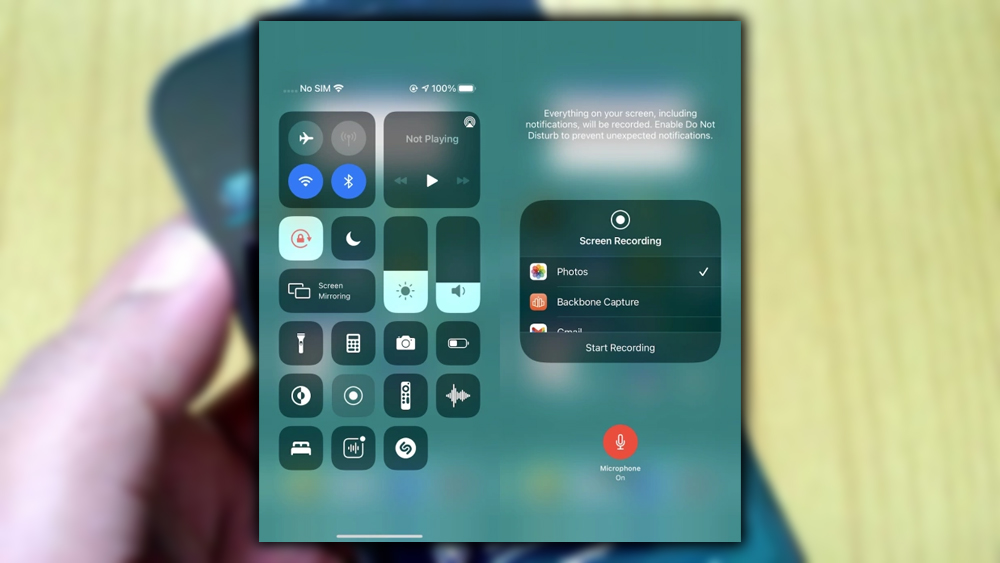
A subset of Android users over the years have resorted to rooting their devices to get more advanced features. Android has slowly gained features that make rootless a necessity. As for Android, there’s less reason than ever to root now that Android supports screen recording. You need an app to take proper advantage of it. A screen recording is simply a Movie video file of what’s happening. On your screen for the duration of the capture. There is no native tool to do this on most Android devices for some reason. But there are many in the Play Store. A personal favorite is the aptly named Rec.
Whether you’re using Rec or another app with support for a screen recording. All you need to do is accept the screen capture request when it pops up. An icon in the status bar will let you know the ongoing screen recording. Some apps have support for different resolutions and bitrates for the recording. Still, the default will be the native screen resolution of your phone or tablet. The way you end a recording varies by app. Still, there’s usually a notification, or you can put the device to sleep. As mentioned earlier, one of the reasons for the preferred Rec. That it has support for both of those options and shake to stop a recording.
Set Your System Animations to Warp Speed
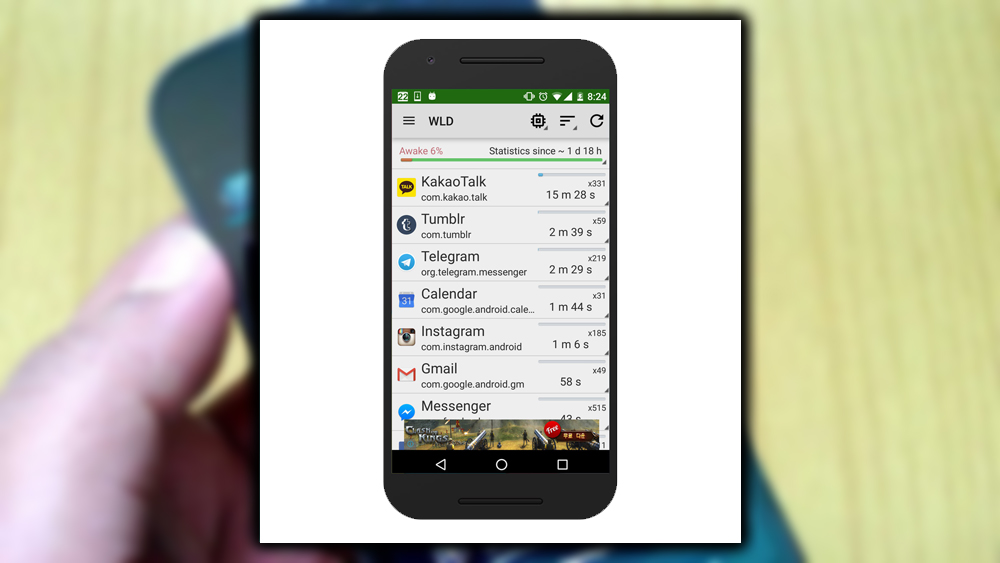
Android devices are faster than they used to be. But you can make your experience feel even zippier with one simple tweak. Android contains a hidden developer options menu that you can enable by going into your main system settings. Then navigate to About >Software Information > More > Build number. Now tap on the build number, literally. And tap on it numerous times. Until a small message at the bottom of the screen confirms that you’re a developer.
Now, don’t worry. This doesn’t make any modifications to your system. It just turns on the Developer Options menu in the main settings list. So head back there and open it up. Developer Options has many exciting features to play around with. Still, you can also mess things up pretty badly, so it’s best not to change anything you haven’t thoroughly researched. You’ve been warned!
Now back to animations. Inside Developer options, scroll down to Drawing to find the Window animation scale, Transition animation scale, and Animator duration scale. These are all set to 1x by default. These animations are the eye you see when apps open and close, menus drop-down, and more. They help cover up lag as the system catches up, but you don’t need slow settings on a fast device. You can set all these to 0.5x for a more snappy interface experience.
Get into Your Phone Faster with Smart Lock
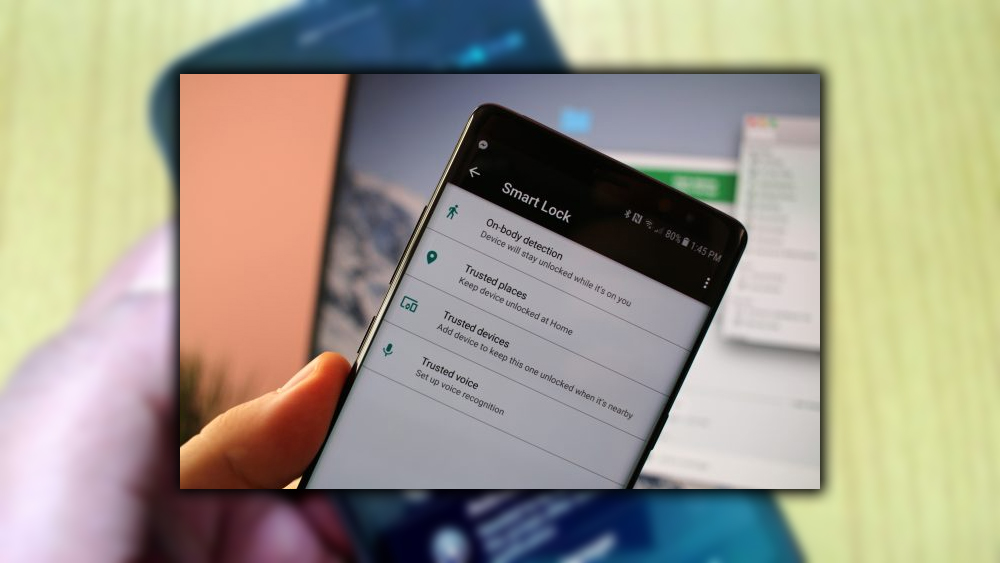
Keeping your phone secure is essential, but if you’re holding it. There’s no reason you have to deal with a substantial lock screen every time you drag it from your pocket. Luckily, Android devices now have support for Smart Lock. This feature can display the easy swipe lock screen when it’s safe to do so. How does it know? Well, there are various options, some more secure than others. Smart Lock is delivered to devices via Play Services, like Android Device Manager. The locking options will vary by device, but Nexus phones and tablets have the most. Trusted Face, Trusted Location, Trusted Devices, and on-body detection. At the bare minimum, all devices should have Trusted Devices or Trusted Locations.
So, for example, you can have your phone set to swipe to open at home. But take a stroll down the block or hop in the car. And it will start asking for the pattern, Number, or password lock again. The same goes for Trusted Devices. If you’re connected to a Bluetooth or NFC device you have previously marked as trusted. Like your car or Android Wear watch, you’ll see no secure lock screen. With Trusted Face, the device will switch seamlessly to swipe to unlock mode. If it spots you with the front camera. On-body detection is a little weird. This option keeps your phone set to swipe to open. As long as it detects it is still in your hand or pocket. Set it down, and it locks again.
Keep in mind some OEMs really bury the Smart Lock menu. A few levels deep in advanced security or privacy settings. You may also need to enable Play Services. As a trusted agent in the settings of some devices to access Smart Lock.
Don’t Just Monitor Data Usage, Control It
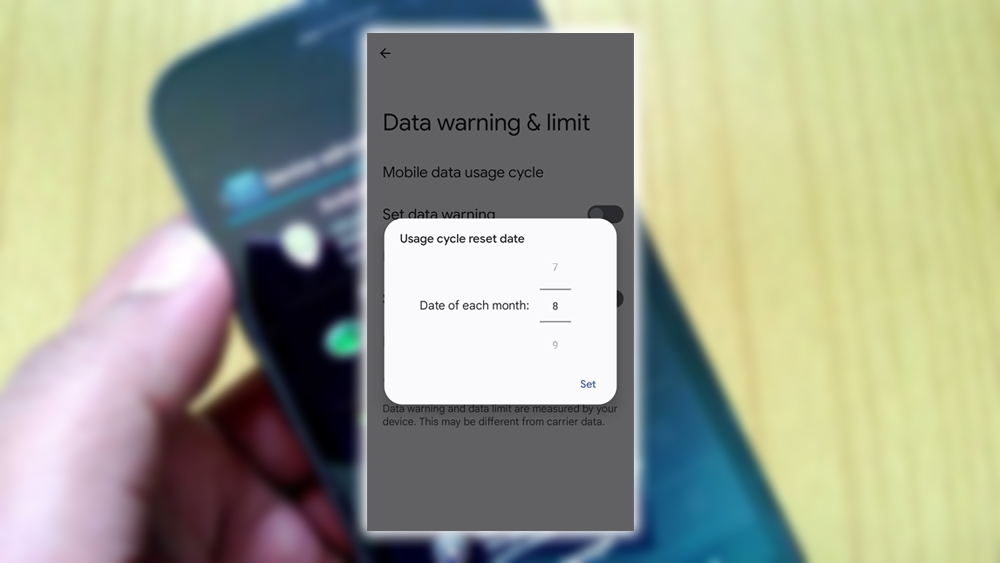
In our age of draconian tiered data plans and ever-increasing carrier fees. You often need to watch your mobile data consumption closely. Android has a built-in tool that helps you do this, but most users don’t use it to its full potential. The Data Usage menu is usually near the top of your system settings list. However, it may be buried under a More heading, which can also be accessed. Via the network signal strength icon in Quick Settings. You can use the sliders on the usage chart to set your data limits for your chosen billing cycle.
The default behavior is to warn you when you reach your data limit. However, by the time you get that warning. It’s often too late to adjust your behavior and avoid overage charges or automatic throttling. A better use of the data tracking feature is to set your warning a few hundred megabytes below your limit. Then enable a data limit with the checkbox right above the chart. The red line on the chart lets you set a point at which your mobile data will be shut off.
Use Wi-Fi Direct for Quick File Transfers
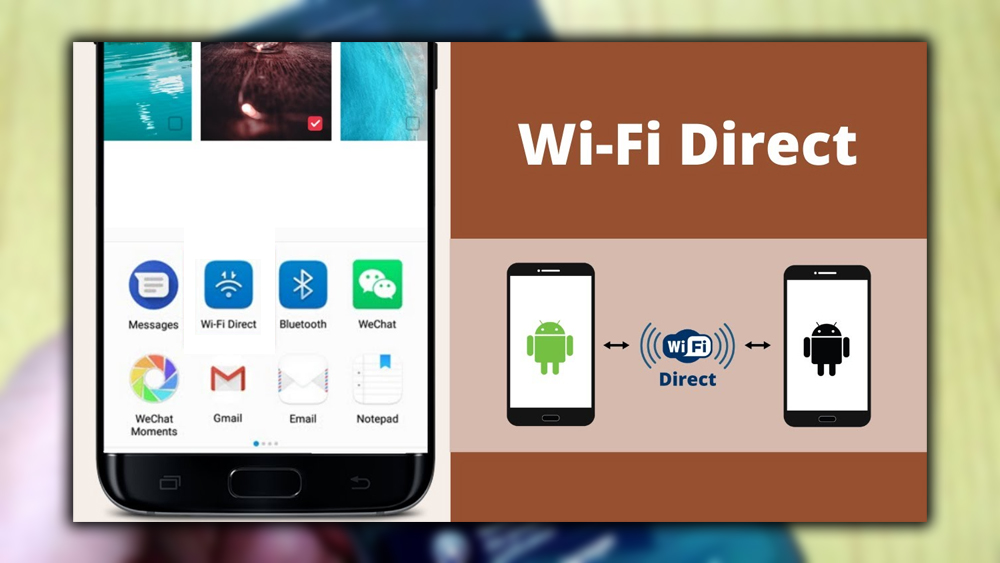
Transferring files between devices have always been annoying, but features like Android Beam have made it more accessible. Just hold together two NFC-enabled devices, Android 4.1 or later, and you can transfer files across a Bluetooth link. It’s a neat trick, but transfer speeds are capped by Bluetooth bandwidth, and file type support is limited. Luckily, most Android devices also support Wi-Fi Direct, even though Androids stock apps don’t use it.
Wi-Fi Direct is what it sounds like; a protocol that can create a direct connection between two devices via Wi-Fi. You need an app to use it; several in Play. SuperBeam is the most powerful; it has a free version. To get a transfer going, share files to SuperBeam or whatever app you’ve chosen to use and tap phones. Wi-Fi Direct allows you to queue up multiple files in a single operation. The transfer rate can easily exceed 30 Mbps. It’s fabulous for sharing large videos or images.
Restrict Background Data, App by App
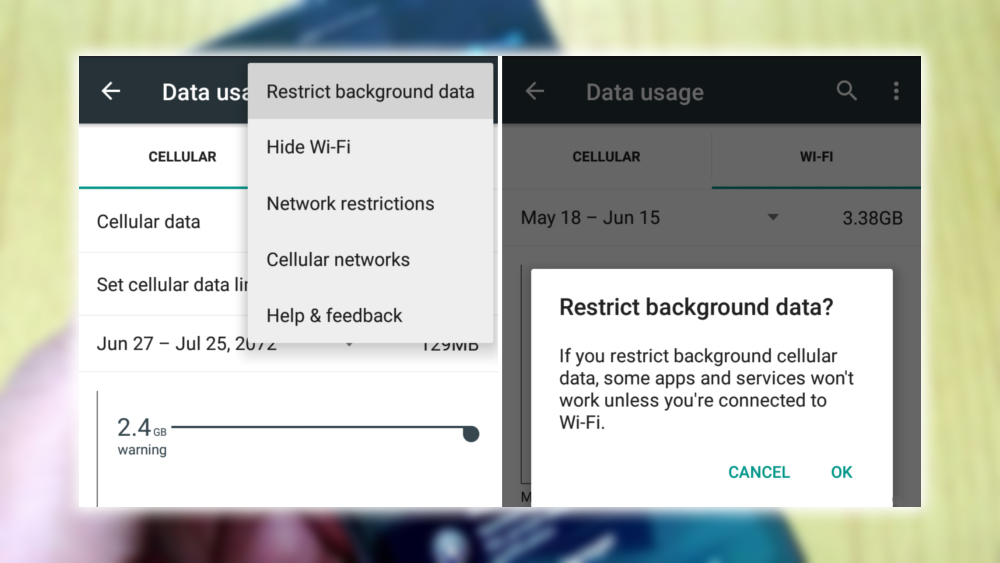
Because Android allows apps to wake up in the background and perform activities. There’s always the possibility they’ll send or receive mobile data without your knowledge. This can be an issue when you’re on a low-capped data plan or coming up on the cap. Luckily, your phone’s Android Data Usage menu offers information on what’s using data in the background. Which could save you from extra charges.
Below the overall data usage graph. You’ll find a list of all your apps organized by how much data they’ve used. Starting with the most greedy offenders. Tap on any single app for details on the split between foreground and background data. If you find an app using a lot of bytes in the background. You can scroll down to the bottom of the details page and check the option to restrict background data. However, this option is only available on devices that hook into mobile data plans. Also, remember that some apps will only work as expected with this option enabled. So only use it for apps and services that aren’t respectful of your mobile data connection.
Use Owner Info to Make It Easier to Reclaim a Lost Device
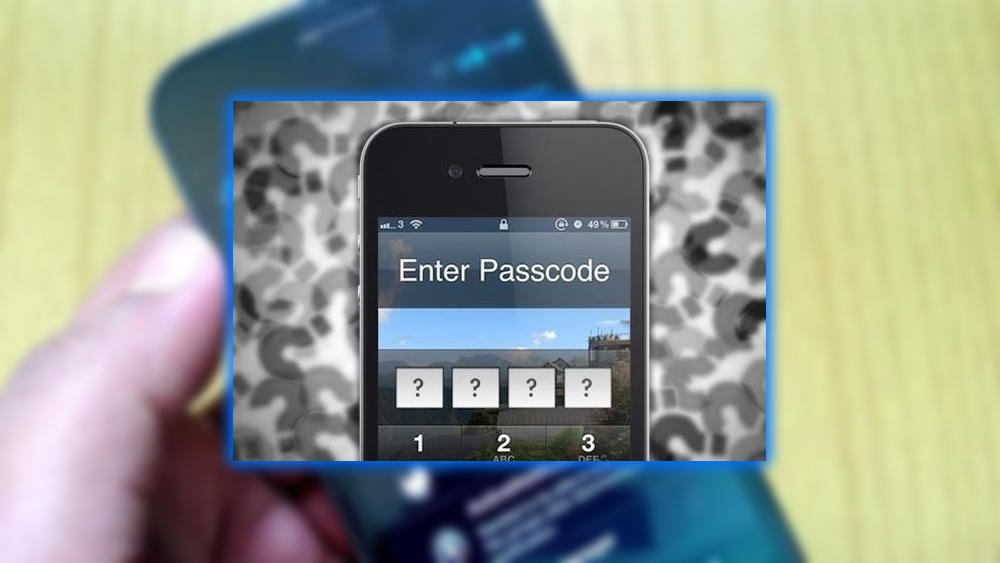
Having a pattern or Number lock on your phone or tablet is always a good idea. Still, what happens if you lose the device, and a good Samaritan finds it and wants to return it? How are they supposed to know who it belongs to? There’s an easy way to provide your identity hidden inside the Owner Info menu. The Owner Info feature will be in the Security section of the main system settings or under Personal > Lock screen security on newer Samsung phones. You can add any info here, but an email or alternative phone number are safe bets. Just check the option above the text field to display the Owner Info on the lock screen. Be aware OEMs that heavily customize the lock screen, cough, cough HTC, sometimes do away with this feature.
Start Recognizing Tethered Phones as Hotspots
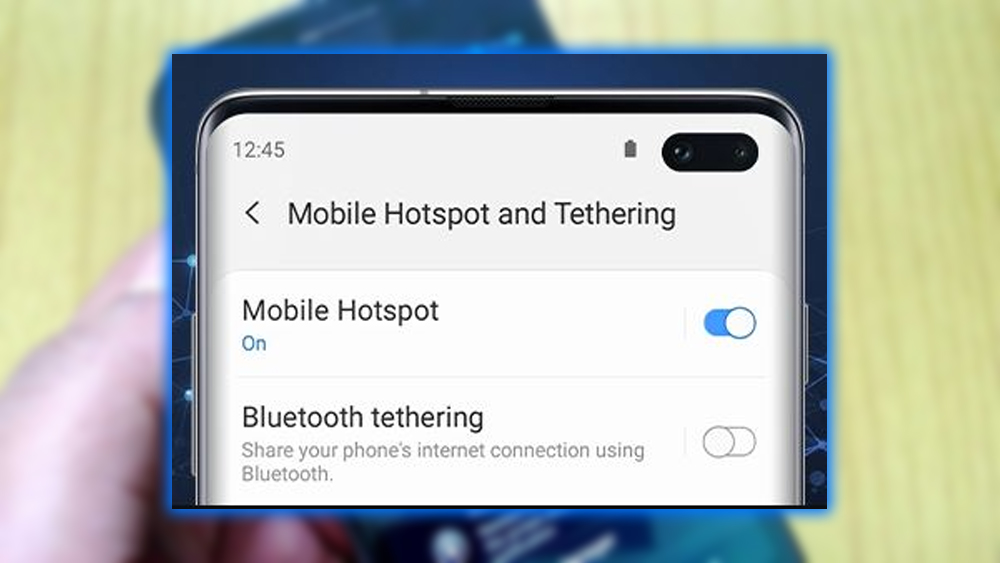
Android devices have long included native tethering support. Most carriers have finally gotten comfortable with tethering. To allow users on capped data plans to use the feature without paying extra. That said, an Android device connected to a tethered hotspot doesn’t know it’s using mobile data. All it sees is a Wi-Fi access point that can pose problems. Suppose you’ve set your apps to auto-update or have files automatically backed up over Wi-Fi. In that case, you could accidentally blow through most of the hotspot’s data plan in a few minutes. To avoid this, you should teach your devices which Wi-Fi networks are mobile hotspots.
This will apply system-wide settings for mobile data even though. For all intents and purposes, your phone thinks it’s connected to Wi-Fi. In the Data Usage menu, use the overflow menu button to select Network restrictions. The screen will list all the Wi-Fi networks synced with your account data. Flip the toggle next to the hotspots; your device won’t abuse the data. This feature dovetails nicely with the background data restriction mentioned above.
Priority Notifications
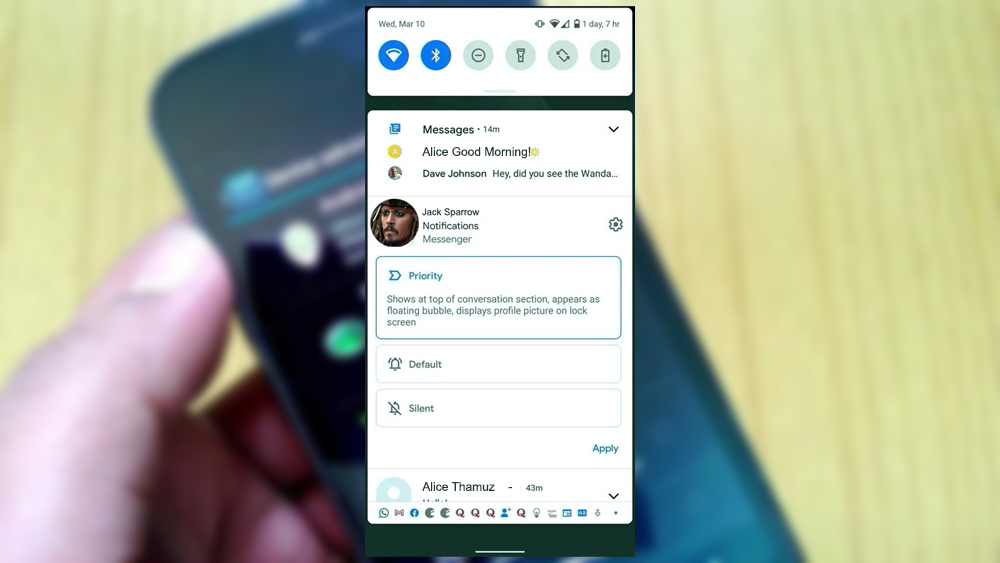
Android added notifications to the lock screen, but that’s not the only change to Android’s traditional excellent notification system. You can use the priority notification system to hide content from the lock screen control. Which apps can bother you when. While astonishingly powerful, this system is complicated to set up. Notification modes, sometimes called interruptions, are split into all, priority, or none on most devices. None means you get no notifications, not even alarms. Priority mode allows alarms as well as whatever apps you’ve deemed necessary. Then there’s all, which is standard notification mode.
In your Sound notification settings, you can edit which apps have priority status. And allow priority exceptions for calls or texts from specific numbers. You can switch the three interruption modes by hitting the volume toggle and tapping the None, Priority, or All indicators. Once you get the interruptions configured, you can set up recurring interruption mode in the notification menu. This is a way to have the device toggle on none or priority mode on a schedule. For example, each day at bedtime. On most devices, this is called downtime, but sometimes it’s labeled do not disturb. These are beneficial features, so it’s worth a few minutes of your life to set things up.
Extend or Shorten Your Lock Timeout
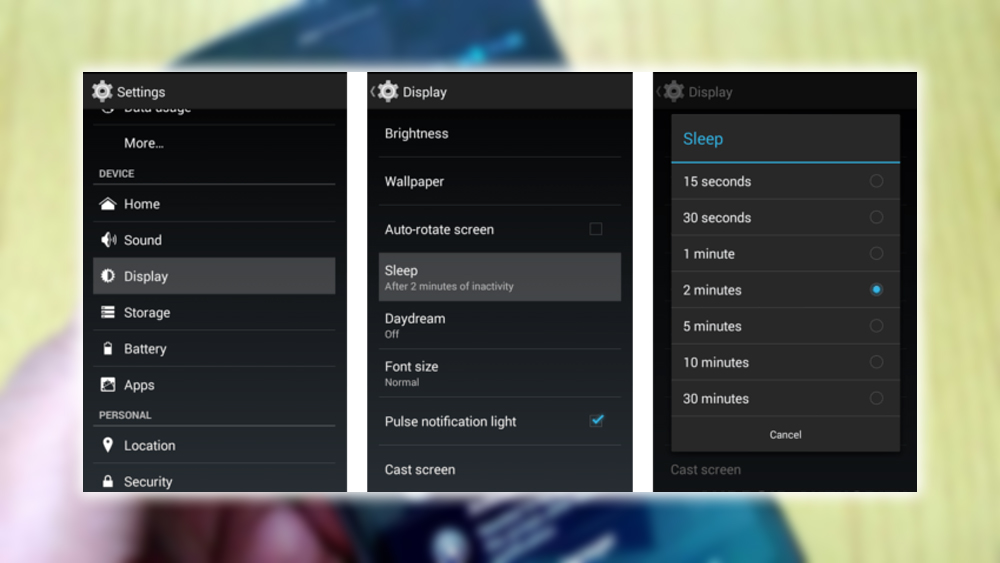
Android offers a ton of security settings for locking your device. You can choose a pin number, password, pattern lock, or even the face unlock option. Using a lock is essential for keeping unsavory characters from accessing your data if you lose your device. Still, it can be painful to open your hardware whenever the screen shuts off. Luckily, virtually all Android devices have a feature to fix that.
In the Security menu of most devices. Again, Samsung tucked it in the My Device menu as an Automatic Lock option. Note that this item only shows up if you have some screen security. Here you can designate the amount of time that triggers your device unlock. From instantaneously to 30 minutes on some phones. A longer duration will allow you to wake your device instantly if it hasn’t been asleep for a long. So, the power button can often still lock if you like; that’s a checkbox right under the timeout option. Although it’s not on all phones.














